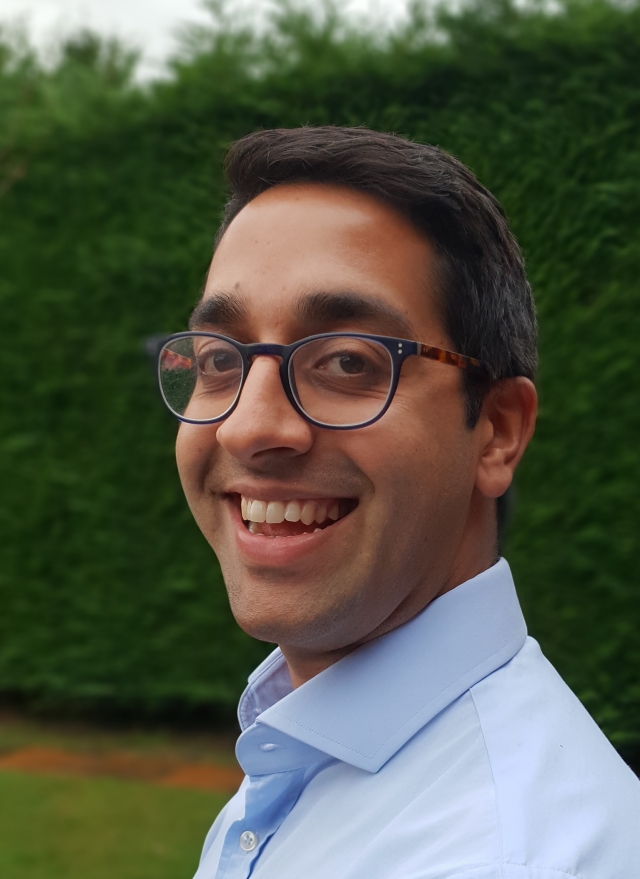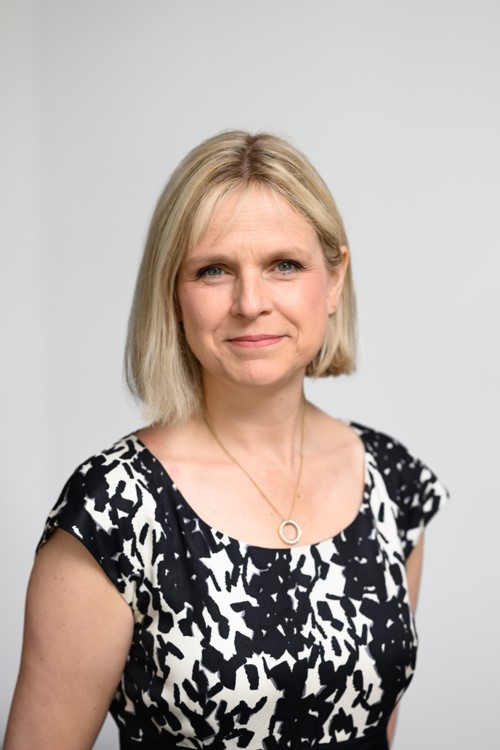Meet Andy Minnion, Founder and Director of RIX Research & Media. RIX Research & Media has created the RIX Wiki, a software that enables people with learning disabilities to share personal health and care information for effective person-centred support in their communities. Read what Andy has to say on working directly with people who benefit from the Rix Wiki, the challenge of adoption and implementation and his best advice for fellow innovators.
Tell us about your innovation – what and why?
The Rix Wiki – which is now expanding into a wider toolkit with the wiki at its centre – focuses on enabling people who have communication challenges to capture, organise and communicate the critical personal information that is needed for them to be provided with personalised health and care.
The software uses simple multimedia authoring tools which are accessible for people with learning disabilities. It is secure and helps them and their families to organise their thoughts, communicate more effectively and be better understood. We call it digital advocacy to emphasise how people with learning disabilities communicate, for instance with signs or gestures or in nonverbal ways. We have multimedia and video content, and that helps to get that communication across, by capturing it, decoding it and making sure it’s understood.
People who have learning disabilities and autism experience extraordinary health inequalities, and a key part of that is misunderstandings around their communication. Our systems aim to fill that space.
What was the ‘lightbulb’ moment?
The Rix software has emerged from a university based Research Centre in East London and was commissioned by local authorities who recognised the need to convey information about services to people with learning disabilities and their families as inclusively as possible. One day in a workshop, one of the family carer representatives from a local authority showed me how she’d used our wiki for sharing her son’s personal information with carers, rather than for receiving information from them. Within a week I’d password secured her site, and we were looking at designs and templates to make this more widely available. That was a real tipping point for us because suddenly our market focus changed and the rationale for our intervention with the software shifted from local authorities to every individual seeking services and seeking equality.
This particular parent carer, Samantha, is part of the team now. I’m really pleased to say that she’s contributed to the development and promotion of the Rix wiki, and she now also represents our interests and the interests of people with learning disabilities and their families around technology and across various government boards.
Which AHSNs are you supported by?
UCLPartners and the Health Innovation Network (HIN), the latter of which we got to know and work with when we won the Tech Force 19 prize in 2020.
We were aware of the challenges that we were facing and wanted to step up, and HIN supervised that journey. It was really pioneering stuff. We needed some guidance to see how far we could get with engaging with people at the interface between health and care, and the AHSNs are really well placed for that.
AHSNs have extraordinary expertise and are willing to help, so they’ll point to other experts who can guide and steer you on critical questions. It’s a journey into the unknown; the NHS market, the NHS compliance conditions, and the prevalence of acronyms are difficult to learn. You need a guide, don’t you? So, they were our mountain guide.
What’s been your toughest obstacle to date?
I think this is common with many innovations, but the challenge of adoption and implementation. We know we have a solution. We co-developed it around the processes of professionals as well as with patients. Our software entails a change of practice, process and behaviours, and all of those things are difficult.
The real challenge is how do you get innovation into embedded practice? I learned quite quickly that a sale is not the end of the story, particularly with subscription-based products. If you’re going to get that sale into revenue flow, it needs to be translated into implementation, adoption, buying-in, integration into systems and processes and behaviour change. And these are all complex challenges.
So, the biggest challenge is dealing with the fact that when you’re offering an innovation, you need to tackle the challenges of implementing change with the buyer, the person you’re providing that innovation to use with people with disabilities and their organisation.
What are your hopes for the future?
There’s a lot of change around the integration of health and care services and that’s where my hope for the future lies, because we’ve got an innovation that can really improve the lives of people with learning disabilities and their health care. So, my optimistic vision for the future is that the opportunity to embed the principles of being person-centred, personalising care provision, engaging with the patient and the service user’s voice as you design and deliver services – that all this will be incorporated into the new Integrated Care Systems that have been established.
What’s the best part of your job?
The best part of my job is getting feedback and hearing stories from those who benefit, particularly people with learning disabilities themselves and their families or careers, as well as frontline support workers that work with these people. When I hear about how our work is enabling people to move forward and transcend really complex challenges so that they become advocates for the work we do, I know that we’re doing the right thing and it always lifts my spirits.
Three pieces of advice for budding innovators?
- Test and challenge your vision by working in depth and close to the intended users. Be user centred and listen hard.
- Don’t sell the myth of software or technology as a panacea. Engage thoroughly with the context of its use and the practitioners and their existing challenges. So see your software as a component of an integrated care pathway.
- Use the links and leads that the NIA and the events that are run by AHSNs to make yourself visible and make sense of your marketplace.

The government has set out three shifts it wants to see happen: treatment to prevention, hospital to community, analogue to digital. HealthTech has a crucial role in supporting the delivery of all three. But using technology to help deliver these changes requires procuring the technology, and when all the noise is about there being no [...]

Dr Anish Bhuva, is the founder of Pace MRI, a Consultant Cardiologist at Barts Heart Centre and an Associate Professor at University College London. Tell us about the innovation. What does it do, how does it help, who does it help and why is it important? Pace-MRI is an award-winning digital tool that manages complex [...]

As we celebrate International Women’s Day, Anna King, Commercial Director at Health Innovation Network South London, identifies how FemTech is 'Accelerating Action' in UK healthcare and driving economic growth. In recent years, FemTech - the sector focused on women’s health and wellness technology - has gained significant traction globally. In the UK, this growing sector [...]









